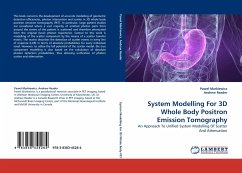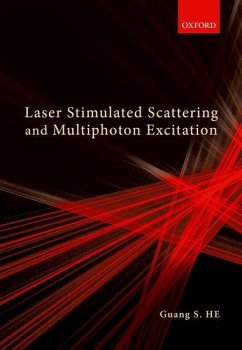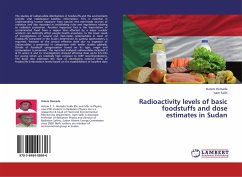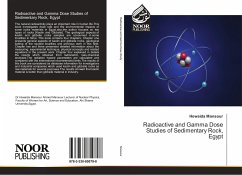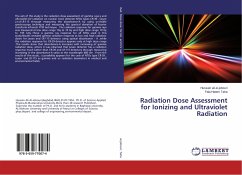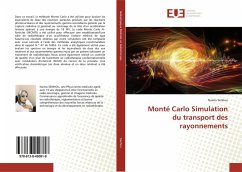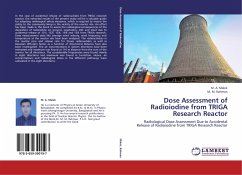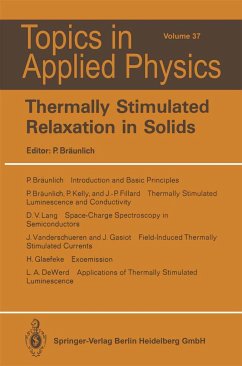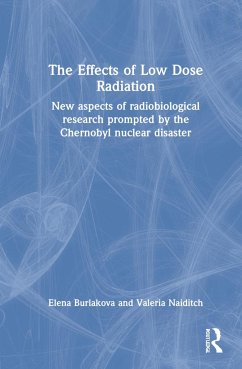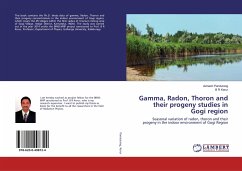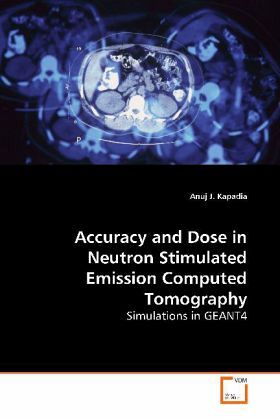
Accuracy and Dose in Neutron Stimulated Emission Computed Tomography
Simulations in GEANT4
Versandkostenfrei!
Versandfertig in 6-10 Tagen
32,99 €
inkl. MwSt.

PAYBACK Punkte
16 °P sammeln!
Neutron stimulated emission computed tomography(NSECT) is being developed as an experimentaltechnique for diagnosis of element related disordersin humans. Preliminary experiments have demonstratedstrong potential for clinical diagnosis of liver ironoverload in patients. The technique s sensitivity tohigh concentrations of iron combined with itsnon-invasive tomographic acquisition ability gives ita unique advantage over other imaging methods. Thiswork explores a tomographic clinical application ofNSECT for diagnosis of liver iron overload andoptimizes the acquisition system to maximize accuracy...
Neutron stimulated emission computed tomography
(NSECT) is being developed as an experimental
technique for diagnosis of element related disorders
in humans. Preliminary experiments have demonstrated
strong potential for clinical diagnosis of liver iron
overload in patients. The technique s sensitivity to
high concentrations of iron combined with its
non-invasive tomographic acquisition ability gives it
a unique advantage over other imaging methods. This
work explores a tomographic clinical application of
NSECT for diagnosis of liver iron overload and
optimizes the acquisition system to maximize accuracy
and minimize patient dose. Monte-Carlo simulations of
the NSECT system have been developed in GEANT4 and
used to determine quantification accuracy, detection
sensitivity and patient dose for several different
scanning and acquisition geometries in NSECT. The
research performed in this work demonstrates that
NSECT has strong potential for iron overload
diagnosis in patients and provides a validated
simulation tool which can be used to guide the
development of future clinical NSECT systems.
(NSECT) is being developed as an experimental
technique for diagnosis of element related disorders
in humans. Preliminary experiments have demonstrated
strong potential for clinical diagnosis of liver iron
overload in patients. The technique s sensitivity to
high concentrations of iron combined with its
non-invasive tomographic acquisition ability gives it
a unique advantage over other imaging methods. This
work explores a tomographic clinical application of
NSECT for diagnosis of liver iron overload and
optimizes the acquisition system to maximize accuracy
and minimize patient dose. Monte-Carlo simulations of
the NSECT system have been developed in GEANT4 and
used to determine quantification accuracy, detection
sensitivity and patient dose for several different
scanning and acquisition geometries in NSECT. The
research performed in this work demonstrates that
NSECT has strong potential for iron overload
diagnosis in patients and provides a validated
simulation tool which can be used to guide the
development of future clinical NSECT systems.



